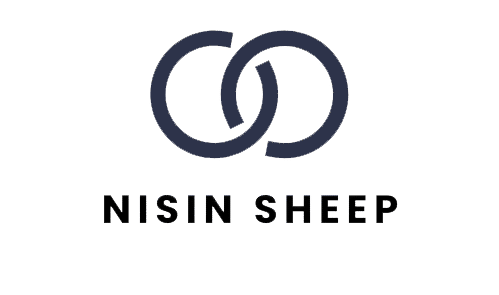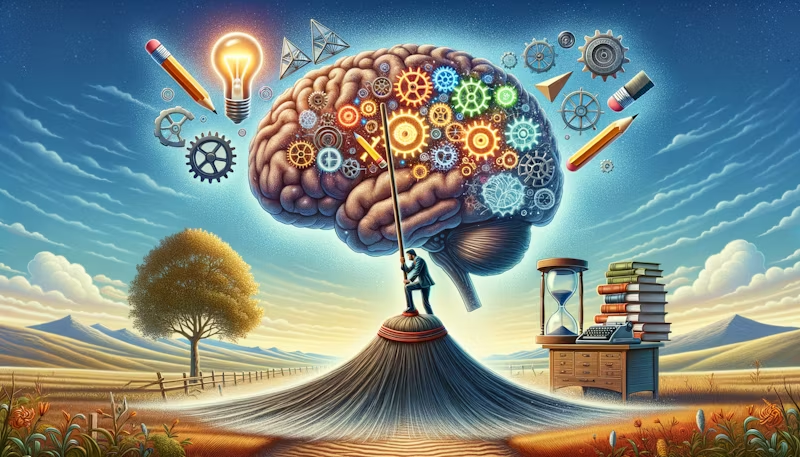In a world that often demands we specialize, focus, and streamline, we can find ourselves trapped in a cycle of indecision. We analyze a problem from one angle, then another, but struggle to synthesize the insights into a coherent plan. We see the pros and cons, the risks and rewards, but remain paralyzed at the crossroads.
What if there was a mental model designed to break this paralysis? A way to not just acknowledge duality, but to harness it for decisive action? This is the core idea behind Duaction—a portmanteau of “Duality” and “Action.”
What is Duaction?
Duaction is the practice of identifying the two primary, often opposing, forces or perspectives in a situation and using the tension between them to generate a clear, integrated, and forward-moving strategy. It’s not about choosing one side over the other, nor is it about finding a weak compromise. It’s about creating a new path that honors the truth and value in both sides.
Think of it as the productive successor to analysis paralysis. Instead of seeing two options, you see a field of energy generated by their interaction. Your goal is to build your house right in the middle of that field, drawing power from both poles.
The Anatomy of a Duaction
The process can be broken down into three key stages:
- Identify the Core Duality: First, you must clearly define the two opposing forces. This requires honest reflection. Common dualities include:
- Quality vs. Speed: Should we perfect this product, or get it to market quickly?
- Creativity vs. Process: How do we foster innovation while maintaining reliable systems?
- Strategy vs. Execution: Should we spend more time planning, or just start doing?
- Customer Acquisition vs. Retention: Where should we focus our limited resources?
- Stability vs. Growth: Is now the time to consolidate or to expand aggressively?
- Reframe the Conflict as a Catalyst: The crucial mental shift in Duaction is to stop seeing these forces as enemies. Stop asking, “Which one is right?” and start asking, “How can the tension between these two make my final outcome stronger?”
- The tension between Quality and Speed isn’t a problem; it’s the engine for creating a “Minimum Viable Product” that is both viable and excellent within its constraints.
- The push-and-pull between Creativity and Process is what leads to structured innovation—a system for generating and implementing wild ideas.
- Synthesize and Act: This is the “action” in Duaction. Use the defined duality to forge a new, hybrid strategy. The resulting action is almost always more robust and nuanced than either of the initial options would have been alone.
Duaction in Practice: Real-World Examples
Example 1: The Startup Founder
- Duality: Stability (conserving cash, serving existing customers) vs. Growth (hiring sales teams, aggressive marketing).
- Traditional Approach: Choose one. Either hunker down and risk stagnation, or burn cash and risk bankruptcy.
- The Duaction Approach: The founder asks, “How can we achieve growth using our stability?” The answer might be a “Product-Led Growth” model, where the product itself is so stable and valuable that it becomes the primary driver of new customer acquisition, requiring minimal upfront marketing spend. The action is to double down on product development in a way that serves both existing users and attracts new ones.
Example 2: The Content Creator
- Duality: Passion Projects (deep, niche topics they love) vs. Algorithm-Friendly Content (broad, trending topics that get views).
- Traditional Approach: Either create only what you love (and risk obscurity) or become a “content farm” (and risk burnout).
- The Duaction Approach: The creator looks for the intersection. Can a passion for vintage typewriters be explored through a trending video format like a “restoration mystery”? Can a deep dive into a historical event be framed around a popular question on social media? The action is to create a content calendar that strategically weaves passion topics into high-engagement formats.
Example 3: Personal Well-being
- Duality: Ambition / Career (working late, taking on new projects) vs. Well-being / Rest (sleep, hobbies, family time).
- Traditional Approach: The perpetual guilt-ridden swing between overwork and collapse.
- The Duaction Approach: Recognize that rest is not the enemy of ambition, but its fuel. The action is to schedule rest with the same rigor as work meetings. It becomes a non-negotiable part of the system, ensuring that periods of high intensity are sustainably supported by deliberate recovery. The action is to block out time for deep work and for disconnected rest.
Why Duaction Works
Duaction is powerful because it mirrors the complexity of reality. The world is rarely a simple choice between A and B. By embracing duality, we move from a simplistic, either/or mindset to a more sophisticated, both/and approach. It reduces internal conflict, fosters creative problem-solving, and leads to decisions that are resilient because they have already accounted for their own counter-arguments.

